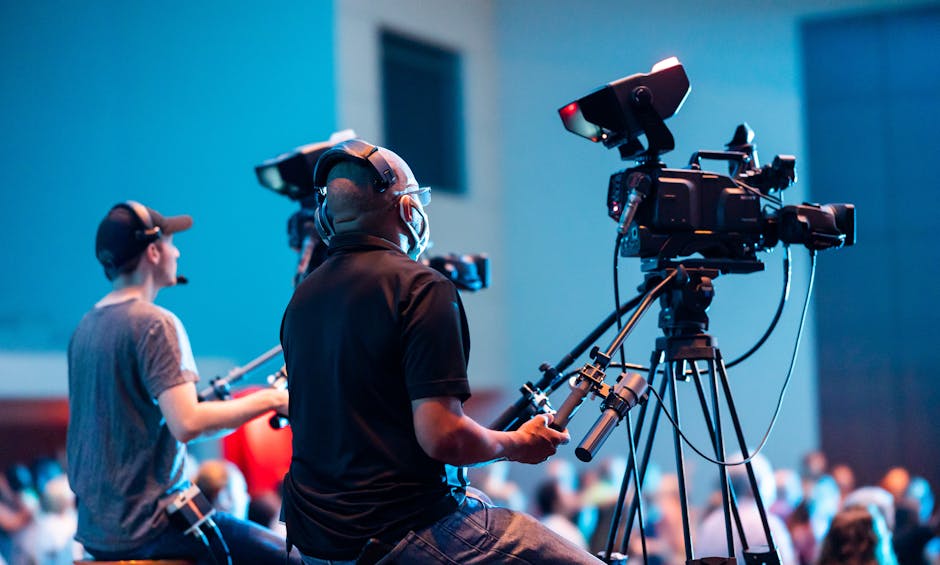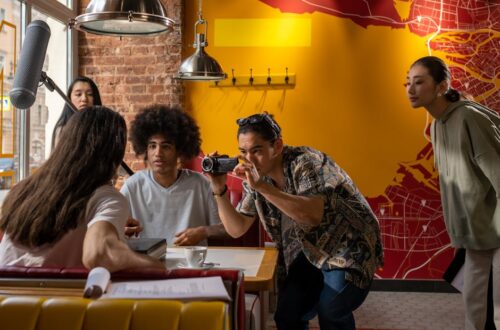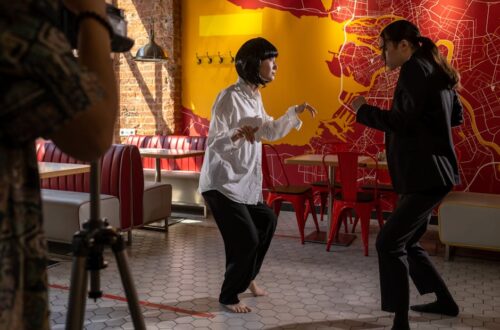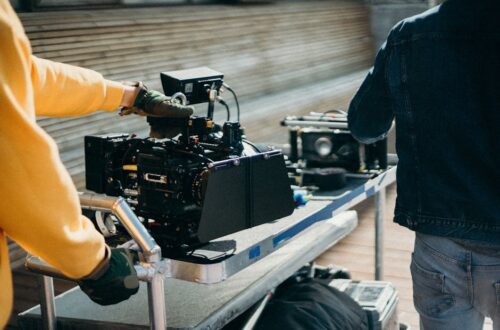Behind the scenes is where the true magic of TV and film production unfolds. While audiences are swept away by the final product, a world of creativity, problem-solving, and collaboration hums just out of sight. At Scene Flow – Scenlo, we invite you to step beyond the screen and experience the intricate dance that brings your favorite stories to life.
The Five Stages of TV & Film Production
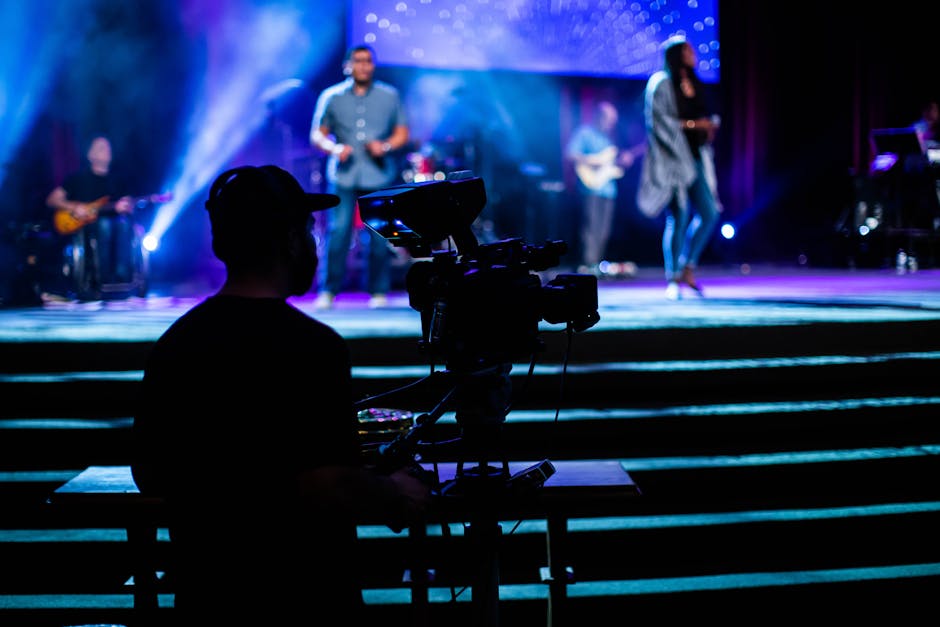
Photo by Caleb Oquendo on Pexels
Every great film or television series is the result of a meticulous process, divided into five distinct stages: development, pre-production, production, post-production, and distribution. Each stage is vital to the storytelling flow, ensuring that the initial idea transforms into a polished, engaging experience for viewers.
Development is where it all begins. Writers, producers, and directors brainstorm ideas, draft scripts, and secure financing. The story’s foundation is laid, and early creative decisions set the tone for everything that follows.
Pre-production is the planning powerhouse. Scripts are finalized, locations are scouted, casting decisions are made, and every detail from costumes to props is mapped out. This stage is all about preparation—ensuring that when cameras roll, the team is ready for anything.
Production, also known as principal photography, is the heart of the process. Here, the vision comes alive through the lens. Directors, cinematographers, actors, and crew collaborate to capture each scene, often repeating takes to achieve perfection. The set buzzes with energy as lights, cameras, and sound equipment converge to record the magic.
Post-production is where raw footage is transformed. Editors assemble scenes, sound designers add effects, colorists enhance visuals, and composers create the score. The story is refined and polished, ready to captivate audiences.
Finally, distribution delivers the finished work to the world—whether through theaters, streaming platforms, or television networks. Each stage relies on the seamless flow of communication and creativity, making behind the scenes work the backbone of every project.
Setting the Stage: Pre-Production Dynamics
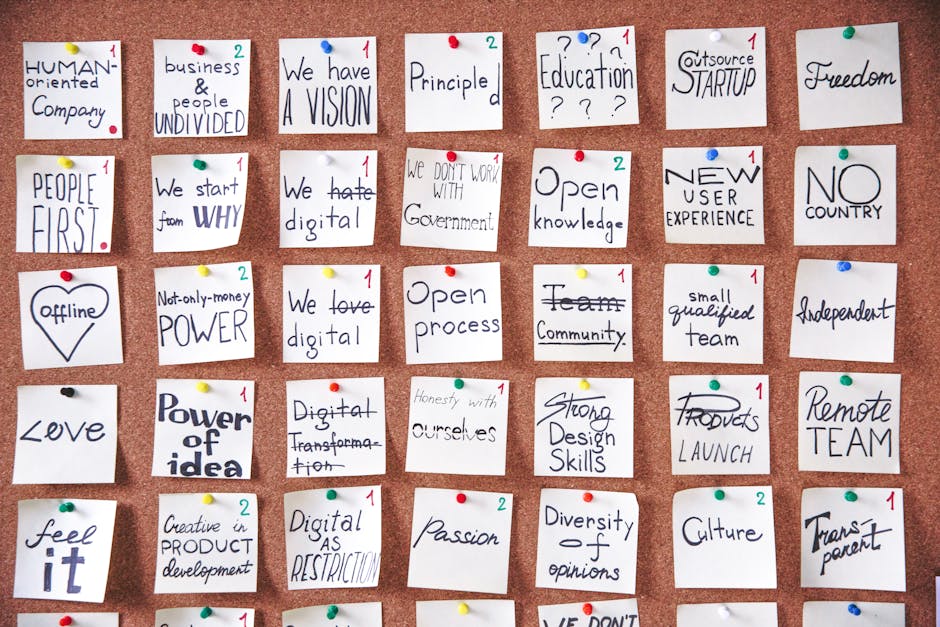
Photo by Polina Zimmerman on Pexels
Pre-production is often described as the blueprint phase of filmmaking. It’s where the vision is crystallized, and every logistical challenge is addressed before a single frame is shot. The process begins with script breakdowns, where each scene is analyzed for requirements—locations, props, costumes, and special effects.
Location scouts search for the perfect settings, balancing creative needs with practical considerations like accessibility and budget. The art department designs sets, while costume designers collaborate with directors to create wardrobes that reflect character arcs and time periods.
Scheduling is a monumental task. Assistant directors craft detailed call sheets, outlining when and where each cast and crew member is needed. Equipment rentals, permits, and transportation logistics are coordinated to keep production on track.
Pre-production is also a time for creative collaboration. Directors work closely with cinematographers to plan camera angles and lighting setups. Storyboards and shot lists are created, providing a visual roadmap for the shoot. This stage sets the tone for the entire production, ensuring that everyone is aligned and ready to bring the story to life.
Lights, Camera, Action: The Rhythm of Production
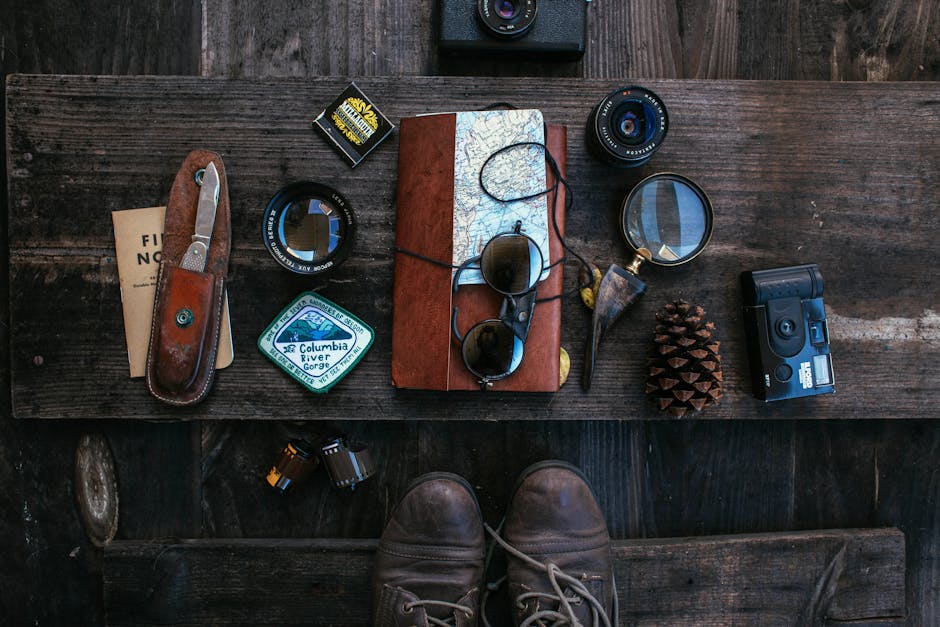
Photo by Rachel Claire on Pexels
The production stage is where the script leaps off the page and onto the screen. Each day on set is a carefully orchestrated ballet, with dozens—sometimes hundreds—of professionals working in unison. The day often begins before dawn, as crew members set up cameras, lights, and sound equipment.
Actors head to makeup and wardrobe, while the set is dressed by the art department. Rehearsals and blocking sessions allow the director and actors to fine-tune performances and movements. The cinematographer and lighting crew adjust setups to match the desired mood and visual style.
When it’s time to roll, the assistant director calls for quiet. The sound mixer and camera operator start recording, the clapper loader slates the scene, and the director calls “Action.” Multiple takes are common, as the team strives for the perfect performance. Between takes, adjustments are made—lights are tweaked, props are reset, and notes are given.
Unexpected challenges are part of the job. Weather changes, technical glitches, and last-minute script adjustments require quick thinking and adaptability. The production stage is a testament to teamwork, creativity, and the relentless pursuit of excellence.
The Unsung Heroes: Crew Roles Behind the Scenes
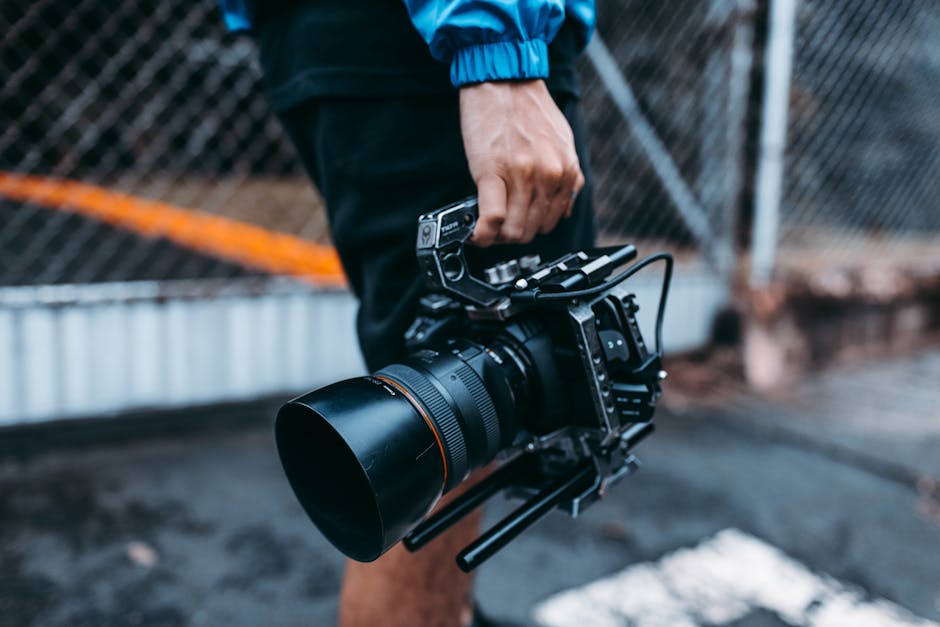
Photo by Luis Quintero on Pexels
While actors and directors often receive the spotlight, the behind the scenes crew is the engine that keeps production moving. Each department plays a crucial role, and their expertise shapes every frame.
The grip department handles rigging for cameras and lights, ensuring that equipment is safely and efficiently positioned. The gaffer oversees lighting, working closely with the cinematographer to achieve the desired look. The sound team captures dialogue and ambient noise, while the script supervisor ensures continuity from shot to shot.
Production designers and set dressers create immersive environments, transforming blank spaces into believable worlds. The makeup and costume departments help actors embody their characters, while assistant directors manage schedules and keep the shoot on track.
These unsung heroes are masters of their craft, solving problems on the fly and collaborating seamlessly. Their work is often invisible to audiences, but without them, the magic of TV and film would never reach the screen.
Problem-Solving and Adaptation on Set

Every production faces challenges, and the ability to adapt is a hallmark of a successful crew. Weather can disrupt outdoor shoots, equipment can malfunction, and creative decisions may change at the last minute. Behind the scenes, teams are constantly troubleshooting, improvising, and finding solutions.
Communication is key. Crew members rely on radios, call sheets, and quick meetings to stay informed and respond to evolving situations. Flexibility is essential—plans may shift, but the goal remains the same: capture the best possible footage.
Problem-solving extends beyond technical issues. Sometimes, an actor’s performance inspires a new approach, or a location’s unique features spark creative ideas. Behind the scenes, the flow of production is shaped by a blend of preparation and spontaneity, with every challenge offering an opportunity for innovation.
The Art of Post-Production: Shaping the Story
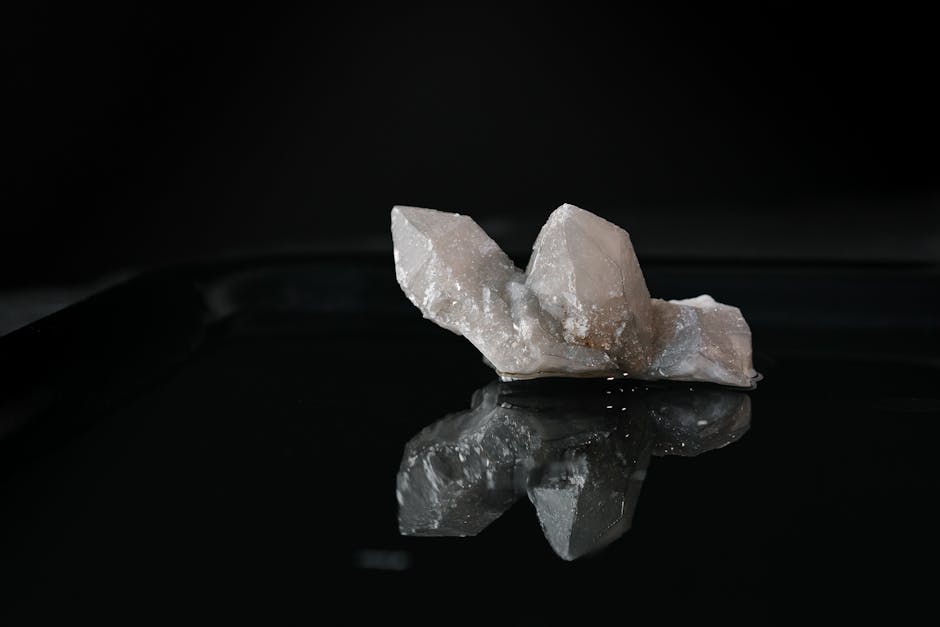
Photo by Mikhail Nilov on Pexels
Once filming wraps, the focus shifts to post-production—a stage where the story truly takes shape. Editors sift through hours of footage, selecting the best takes and assembling scenes into a cohesive narrative. The pacing, tone, and emotional impact are refined with each cut.
Sound designers add layers of audio, from dialogue and music to ambient effects that immerse viewers in the world of the story. Visual effects artists create everything from subtle enhancements to spectacular CGI sequences, while colorists ensure that every frame matches the intended mood.
Post-production is a collaborative process, with directors, producers, and department heads providing feedback and guiding revisions. The result is a polished, engaging final product that’s ready for audiences to enjoy.
Distribution: Bringing Stories to the World
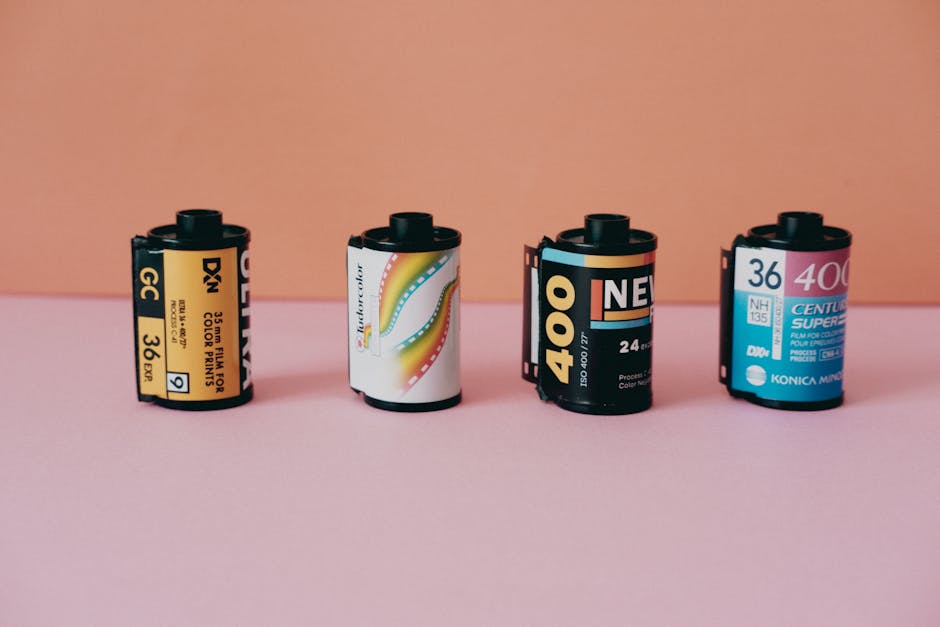
Photo by Beyzaa Yurtkuran on Pexels
The final stage of behind the scenes work is distribution—the bridge between creators and audiences. Marketing teams craft campaigns, trailers, and promotional materials to generate buzz. Distributors negotiate deals with theaters, streaming platforms, and broadcasters, ensuring that the finished work reaches viewers around the globe.
Distribution strategies have evolved with technology, offering new ways to connect with audiences. Whether through traditional cinema releases or digital streaming, the goal remains the same: share compelling stories and create lasting memories.
Capturing the Magic: The Value of Behind the Scenes Content

Photo by Rodion Kutsaiev on Pexels
Behind the scenes content offers a unique window into the creative process. From candid photos and interviews to documentaries and featurettes, these glimpses reveal the passion, dedication, and teamwork that fuel every production.
For fans, behind the scenes material deepens appreciation for the art of storytelling. For creators, it’s an opportunity to celebrate the journey, share lessons learned, and inspire the next generation of filmmakers. At Scene Flow – Scenlo, we believe that understanding the flow behind the scenes enriches the viewing experience and honors the countless professionals who make it all possible.
Sources
- https://charlieuniformtango.com/what-is-film-production/
- https://metthaproductions.com/behind-the-scenes-a-day-in-the-life-of-a-production-team/
- https://www.aiu.edu.kw/news/behind-the-scenes–how-movies-are-made
- https://joby.com/us-en/creator-journal-blog/filming-behind-the-scenes/
- https://www.youtube.com/watch?v=puF9CkvmJt0
